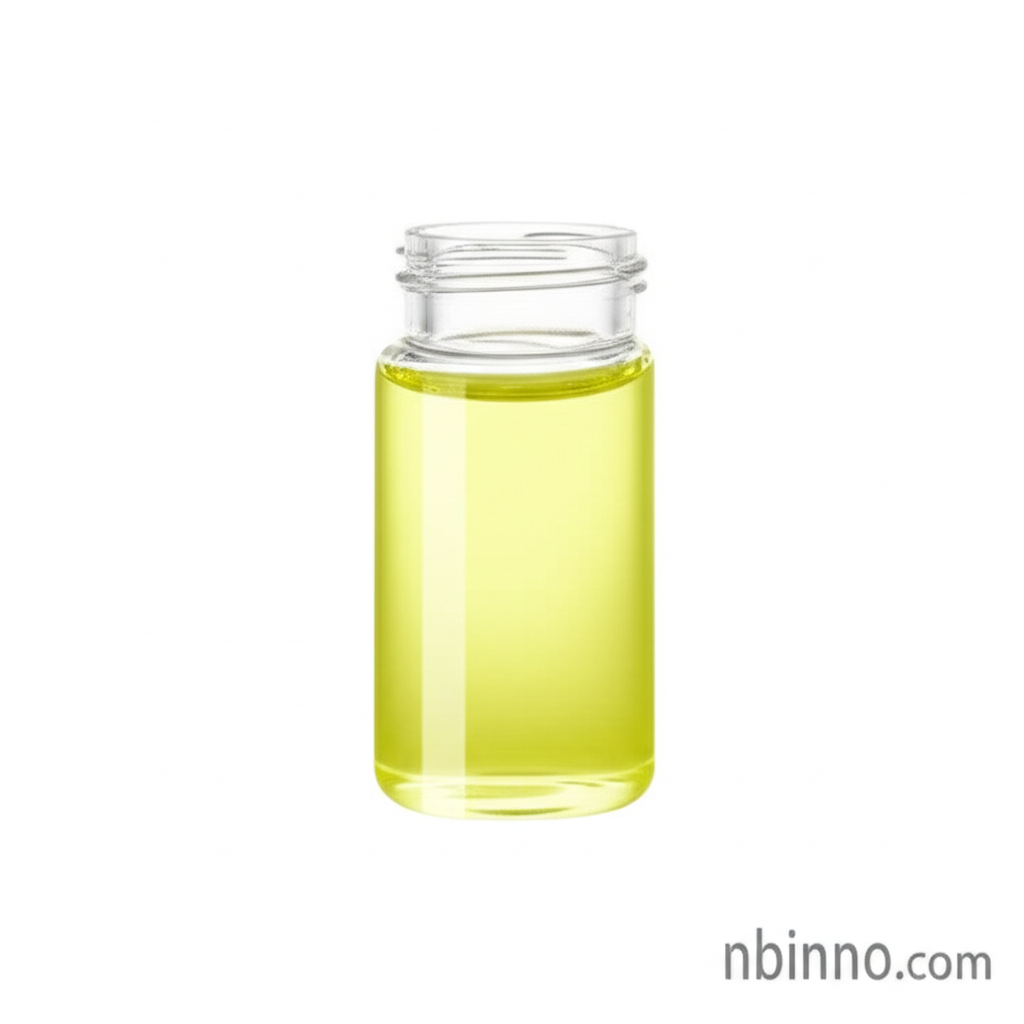6-Chloro-2-hexanone CAS 10226-30-9: Key Pharmaceutical Intermediate for Synthesis
Discover the vital role of 6-Chloro-2-hexanone in pharmaceutical manufacturing and organic synthesis.
Get a Quote & SampleProduct Core Value

6-Chloro-2-hexanone
6-Chloro-2-hexanone, identified by CAS number 10226-30-9, is a critical organic compound primarily utilized as a pharmaceutical intermediate. Its chemical structure, featuring a ketone group and a chlorine atom, makes it an indispensable building block in various complex synthesis processes.
- Explore the applications of 6-chloro-2-hexanone CAS 10226-30-9 uses in advanced chemical synthesis and pharmaceutical production.
- As a vital 6-chloro-2-hexanone pharmaceutical intermediate, it plays a key role in creating essential medicinal compounds.
- The compound is particularly noted for its utility in the pentoxyfyline synthesis intermediate pathway, contributing to the production of important therapeutic agents.
- This chloro ketone is recognized as a versatile organic synthesis reagent, enabling a wide range of chemical transformations.
Key Advantages
Versatile Chemical Building Block
Leverage this essential organic synthesis reagent as a foundational component in creating diverse chemical structures for pharmaceutical and fine chemical applications.
Critical for Pharmaceutical Production
As a key 6-chloro-2-hexanone pharmaceutical intermediate, it is indispensable for the reliable and efficient manufacturing of life-saving drugs.
Supports Advanced Synthesis Pathways
Its role as a pentoxyfyline synthesis intermediate highlights its importance in specialized chemical pathways, enabling the creation of targeted therapeutics.
Key Applications
Pharmaceutical Synthesis
Crucial as a 6-chloro-2-hexanone pharmaceutical intermediate, it is instrumental in the multi-step synthesis of active pharmaceutical ingredients (APIs).
Fine Chemical Manufacturing
This compound is widely used in the production of various fine chemicals, contributing to diverse industrial applications through its unique chemical properties.
Organic Chemistry Research
As an organic synthesis reagent, it is valuable for research and development, facilitating novel chemical reactions and discoveries.
Agrochemical Development
Its versatile nature makes it a useful intermediate in the synthesis of certain agrochemicals, supporting advancements in agricultural science.
